• QUAD 33 前級擴大機 規格表
|
|
QUAD 33 前級擴大機
QUAD 33 preamplifier
英系QUAD傳奇系列機種復刻
『QUAD 33/303 前後級擴大機』-1960年代經典韻味再現
1967年,QUAD推出經典的QUAD 33與303,它們以創新”三重輸出”電路設計解決了早期晶體機中熱不穩定性問題,最終贏得1969年的英國設計學會大獎。如今,經過將近60年, 『QUAD 33/303』將再次以全新面貌登場。
為了重現這一傳奇經典,QUAD在位於英國劍橋的總部組建了一支強大的設計師團隊,由五位傑出的成員領軍:
⚫Jan Ertner:QUAD及其姊妹品牌 Audiolab 的首席設計師。
⚫Rob Flain 和 Paul McConville:QUAD經驗最豐富的兩位工程師–
⚫David McNeill:20年來引領QUAD創新的工業設計總監
⚫Peter Comeau:QUAD多款最成功揚聲器背後的聲學總監
以現代技術翻新,重譯古典美學
『QUAD 33/303』忠實呈現原版的外箱設計與面板佈局風格,但在細節上做了調整&增強:
系列整體的色調調整為更偏現代風的消光銀; 『QUAD 33』按鈕搭配面板統一為橘色並配上可調整的LED背光,再加上6.3mm耳機孔與紅外線接收器以更好的滿足現代聆聽需求;『QUAD 303』保留了原始的垂直方向設計與散熱鰭片(由8片增加至10片),並配備同款的橘色LED背光開關按鈕,除了讓發燒友能更直觀的開關機外,搭配前後級皆有新增的QUAD LOGO標誌,將兩個型號系列更加緊密的連結。
QUAD 33前級-忠於傳統設計理念,注入嶄新技術
原版採用歐洲式的DIN接線器進行輸入和輸出,而新版將其替換為更加泛用的RCA與XLR端子;而原版為了迎合60年代正流行的訊源選項-『Disc』(黑膠)、『radio 1/2』(收音機)、『tape』(錄音帶),則被四組『3xRCA和1xXLR』類比輸入與一組『Phono輸入』所取代。
音量控制方面, 『QUAD 33』使用ALPS可變電阻器,提供旋轉觸感良好,控制精密準確的音量VR;此外,右側面板配置三個旋轉編碼器可針對”BASS”、”Tilt”、”Balance”進行直觀、即時的微調。
”Tilt”功能首先出現於經典原版的下一代產品”QUAD 34”,它由QUAD創始人Peter Walker開發,旨在告別複雜且不完善的傳統音調控制系統。”Tilt”的特色在於可以以700Hz為中心同時調節頻率的兩端,以1dB為單位衰減高音並提升低音,或以1dB為單位衰減低音並提升高音,藉此保持全頻段表現的均衡性,在不改變音量與添加音染的情況下,通過 ”暖” 或 ”冷” 來調整聲音平衡。這個獨特的技術讓發燒友在聆聽現今的CD/串流媒體/黑膠甚至是高解析音樂檔時,能夠更加精確、輕鬆的微調各種訊源、曲目所適合的不同音色特質。
此外, 內部用料同樣紮實。採用了客製化低噪音 Noratel (箭豬牌)環形變壓器、大容量濾波電容和多路穩壓電源。多個超低噪音穩壓器避免了電源相互干擾,核心訊號路徑短而直接,進一步保持了訊號的純度。
全新低噪音唱頭放大器亦是相對原版的重大進步,具有可輕鬆切換的MM/MC唱頭、精準的RIAA等化曲線、精密的輸入濾波和升級的電源供應,能從唱片溝槽中挖掘出每一絲細節。至於新增的專用耳機放大器,其電流反饋設計和高瞬態響應確保了與各種耳機的動態表現和豐富的細節。
---
Very few Hi-Fi components are as instantly recognisable as the QUAD 33 and 303, and for that we make no apologies!
Still one of the most popular models in the history of one of the world’s most poignant Hi-Fi brands, the QUAD 33 and 303 are benchmarks in almost every angle of desirable audio equipment – performance, reliability, industrial design, value and musical romance.
---
By revisiting the QUAD 33 and 303 components, QUAD demonstrates its authenticity, pedigree and excellence as a juggernaut of the British hi-fi world - past and present.
In listing the names involved in the development of this stunning iteration of an icon, you’ll find a calculation of close to 200 years of engineering experience and 100+ years of QUAD-exclusive design and service.
A dream team of Rob Flain & Paul McConville (the world’s most experienced QUAD service engineers), Jan Ertner (30 years of experience in QUAD design), Peter Comeau (the acoustic director behind some of QUAD’s most successful loudspeakers) and David McNeill (the industrial designer responsible for two decades of QUAD innovations) were all a part of this labour of love, making no compromise in the demand for a product that could bear the name of 33 and 303. The external design is specifically intended to continue the QUAD tradition of practical simplicity. Yet, it would be foolish to ignore the implementation of modern-day capabilities, such as an informative backlit display, delicate LED illumination and remote control functionality. And just like the original, the overall appearance is unmistakably QUAD, albeit now with a premium machined and anodised front panel and all-metal chassis. FunctionThe new QUAD 33 is supported by digital microprocessor control but is otherwise faithful to a classic analogue design.
The 33 feeds the loudspeakers via the power amplifier using dedicated stereo pre-outputs, with an RCA line-level and balanced XLR pre-out option. For additional versatility and functionality, there’s also an AUX output.
Now equipped with fully balanced XLR inputs and outputs, the 33 is set apart from other preamplifiers and even its forefather model.
The brand new phono stage is Moving Magnet and Moving Coil compatible with the ability to simply switch between the two options – no mods or board upgrades necessary. With a gain of 46dB for the MM and 63.5dB for the MC, the input stage uses ultra-low noise audio op-amps. This ultra-low noise performance is combined with high slew rates and very low distortion specifications. The RIAA processing circuit has its own dual Bipolar/JFET Audio Operational Amplifier. The JFET portion of the input stage enables high slew rates to keep distortion low, even when large output swings are required. ControlsThe controls are comprehensive but simple. Again, this echoes the original design concept. Logically grouped to facilitate selection and control of the programme, a backlit LCD screen relays settings, adjustments and values. The same backlighting principle is applied to each of the push buttons, further enhancing the intuitive design with a visual indication of input selection and mode. Illumination settings for buttons and the LCD screen allow for brightness adjustment, contrast adjustment, and a simple on/off setting to suit the user’s preference. The master volume control is a fully analogue, precision motorised ALPS potentiometer offering long-life and low-noise performance. The volume control is not only tactile and precise; its motorised operation will automatically rotate when adjustments are made via the remote control. A further row of three endless rotary encoders offer intuitive and immediate control over the QUAD-specific fine-tuning settings.
The original QUAD 33, as with many previous and subsequent QUAD preamplifier components, offered filters considered essential for ‘modern good quality speakers’ (as was stated at that time). Such controls are no longer required; therefore, in applying modern-day logic and suitability to today's technology, the new QUAD 33 presents bass adjustment, tilt control and balance control to allow tuning to a fine degree without intruding unnecessarily into the harmonic range essential for realistic reproduction.
The bass control allows adjustment from-3dB to +3dB. Perfect for subtle adjustments in the low-end, as a solution to adding body to thinner source material. Or conversely, reducing bass tones in the event of room-affected 'boominess'. In comparison to the time of launch of the original QUAD 33, loudspeakers and source materials have evolved mainly for the better. This evolution saw the adoption of ‘Tilt’ control in the QUAD 33’ssuccessor, the QUAD 34 (1982).Developed by QUAD founder, the legendary Peter Walker, the Tilt control is an audiophile-quality solution for adjusting tone. Its design stems from the belief that traditional tone and EQ controls are inadequate and clumsy when adjusting tonal balance.
The Tilt control differs in that it adjusts both ends of the frequency spectrum together, either attenuating the bass and lifting the treble, or lifting the bass and attenuating the treble in 1dB steps.
Essentially, it rotates – or tilts – the audible frequency range on a 700Hz axis, thereby adjusting the overall sound balance with 'warm' or 'cool' hints without altering volume or adding colour to the sound. This feature is unique to QUAD and offers a subtle, precise, and consistent way to adjust your system's performance and compensate for recordings or environments.
The Tilt control, Bass control, and Balance controls are all composed of low-noise op-amps, electronic switches, and MELF low-temperature coefficient metal film resistors, forming a negative feedback adjustment circuit. PerformanceNo one knows more about the QUAD 33 than the immensely experienced QUAD service department – still based at QUAD HQ in Huntingdon, Cambridgeshire, England.
Upon initiating this project of passion, it was determined that the new 33 and 303 combination will only see the light of day if the performance stands true and improves on the original.
In over 50 years since the release of the original 33 and 303, innovations and developments have been exponential, but only some have been employed and each with good reason. Each stage of the development and every innovation was subject to thorough testing and complete agreement with the QUAD technical design AND service team.
It is bold but fair to claim that the low-noise, custom-specified toroidal transformer, numerous reservoir/smoothing capacitors, and an impressive number of regulators put the new QUAD 33 technically ahead of the original. The power supply incorporates five regulated supply rails, including multiple ultra-low-noise regulators with extensive measures employed to prevent contamination and cross-coupling. Following traditional QUAD practices, the core signal path is short and direct to preserve signal purity, and volume is adjusted purely in the analogue domain under microprocessor control. No one will champion the virtues of the original QUAD 33 more than QUAD, ourselves. However, side-by-side, technical innovations and improvements in signal processing cannot be denied. Fit and FinishThe QUAD 33 has a crisp and clean aesthetic that evokes QUAD’s past yet sits in the modern-day with a futuristic accent. The housing is rigid and oozes quality. The end-finish is precise, just like the audio signal path. The anodised and custom-tooled fascia demonstrate the quality and level at which the new QUAD 33 will be recognised. No longer subject to cracks, fading or other issues associated with classic front panels, the QUAD 33 is ready for a lifetime of performance.
Ultimately, the new QUAD 33 considers every angle and aspect to underline the faithful evolution of the ‘33’ concept. With each step in transitioning from concept to reality, the commitment to ‘the closest approach to the






 Audio Refinement
Audio Refinement

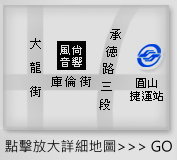



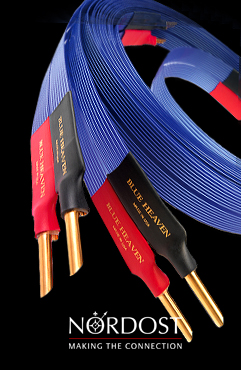
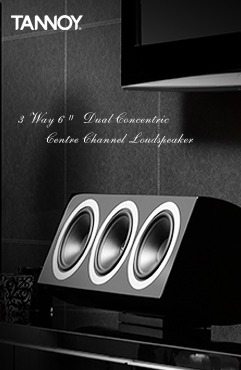
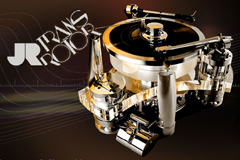
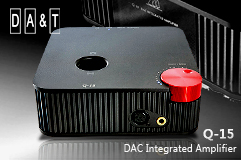
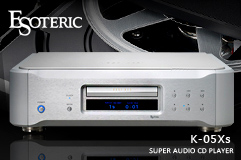
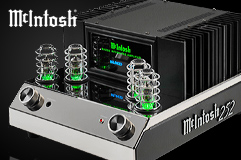
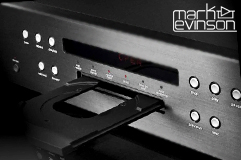
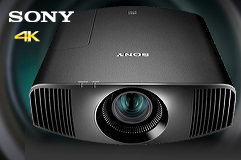
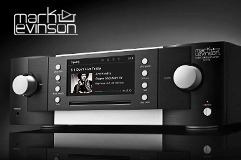
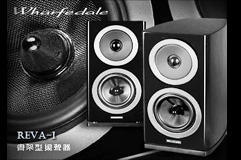
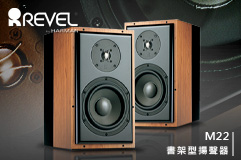
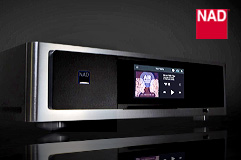
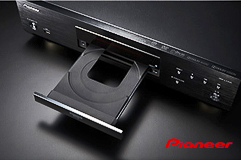
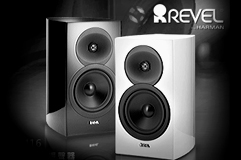
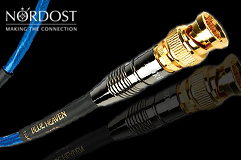
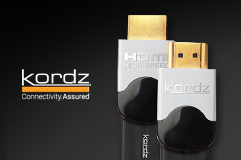





.png) 回上一頁
回上一頁.png) 回主選單
回主選單